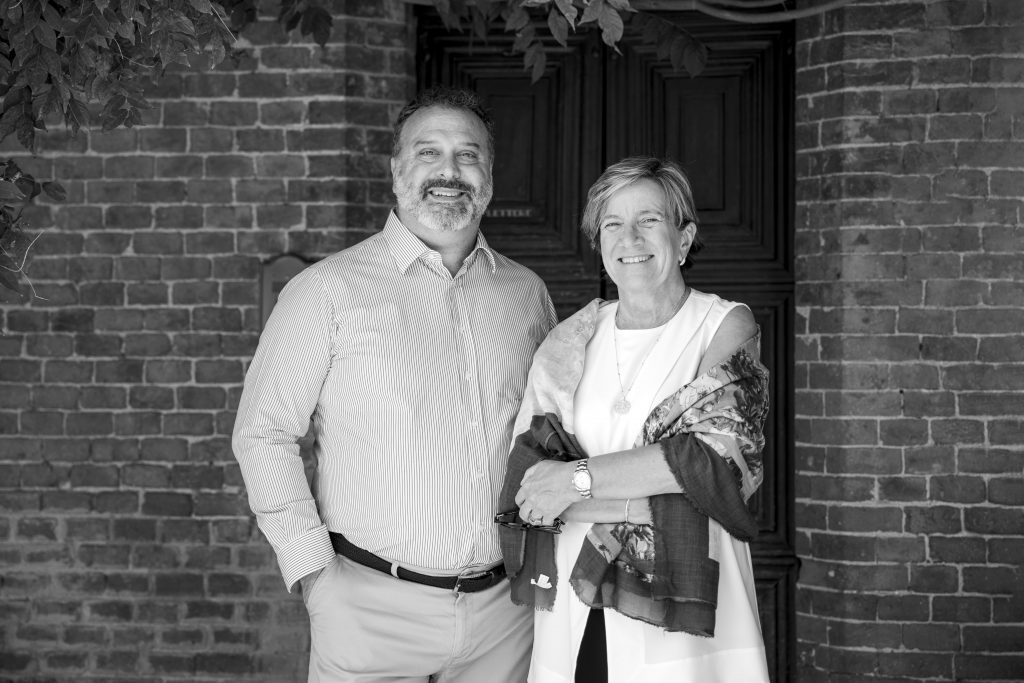All of Italy
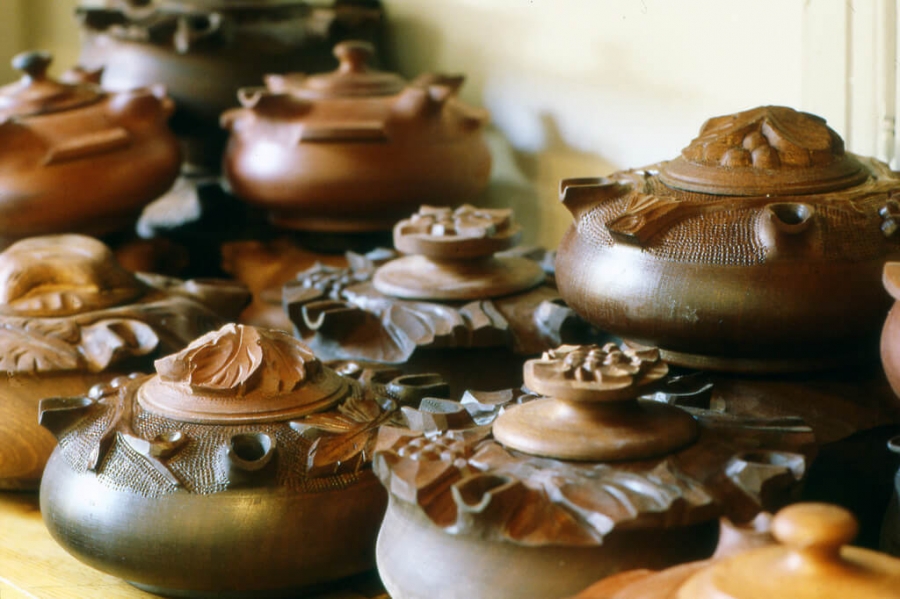
Christian Petruccelli from luxury DMC Bespoqe offers the grolla in friendship: a traditional item for spreading good cheer in Aosta Valley.
The grolla is one of the most recognizable symbols of the Aosta Valley. Sometimes called graal by the locals (and known as the ‘cup of friendship’ in English), it is a wooden cup or bowl used to share warm alcoholic drinks between friends.
According to ancient history and traditions, the grolla was passed from hand to hand amongst dear friends, each person making a toast of well-wishes to the group in order to invoke supernatural good fortune. The grolla was only used on very special occasions, kept safe in a guarded place, and handed down from father to son.
Best Enjoyed:
Today, giving a grolla to a friend is to offer them love and abundance, and strengthen your bond. Fill the grolla with the scrumptious Caffè alla Valdostana, made with coffee, sugar, grappa, lemon peel, and spices like cinnamon, cloves, and juniper berries, and enjoy a moment of relaxation and conviviality with friends during the cold mountain evenings.
For more information about Bespoqe, click here.
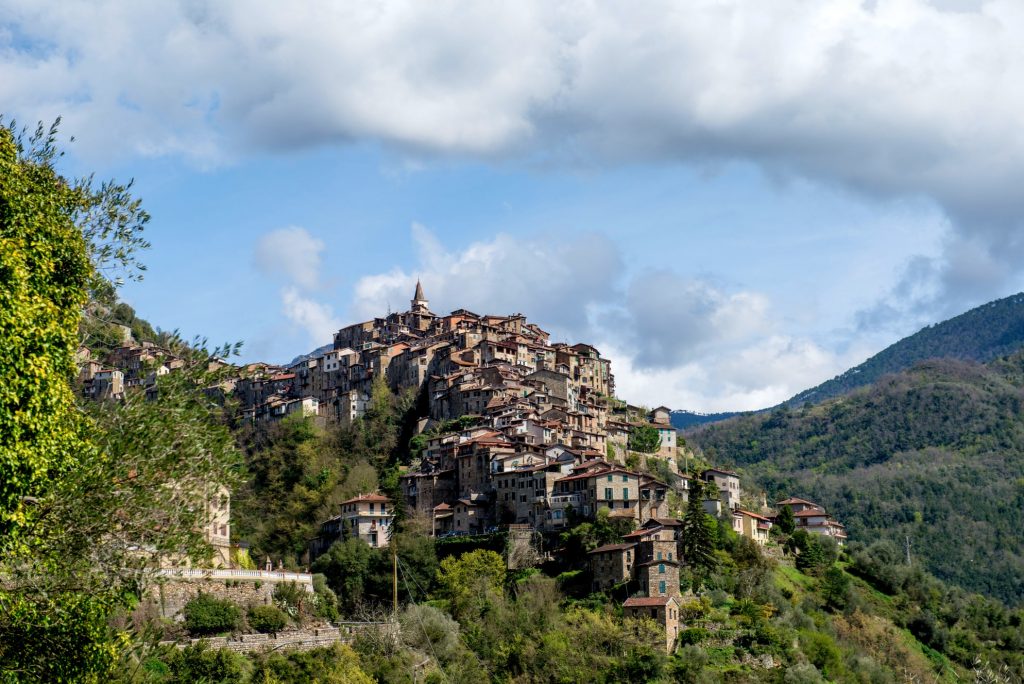
Christian Petruccelli of luxury DMC Bespoqe leads us to discover the enchanting town of Apricale, known as “The Artist’s Village”, in the foothills of the Ligurian alps.
Can you lead us to a local hidden treasure?
Apricale is a small hidden village perched on the hills of western Liguria, near the border with France. The breathtaking Maritime Alps serve as the backdrop to this village, which is built entirely of stone and surrounded by olive groves and chestnut forests.
What makes it so special?
During the summer, an original open-air theatre show takes place throughout the town, whose main square and narrow streets serve as a scenery of the performance. In fact, this town is known as “the artists’ village” due to the numerous paintings decorating the external walls of the houses and for the artwork of many international artists, found throughout the village.
How can visitors best experience this gem?
Visitors can enjoy a relaxing day exploring the coast, enjoying the coolness of the green woods, visiting an oil mill, tasting local wine, and visiting these enchanting medieval villages.
For more information about Bespoqe, click here.
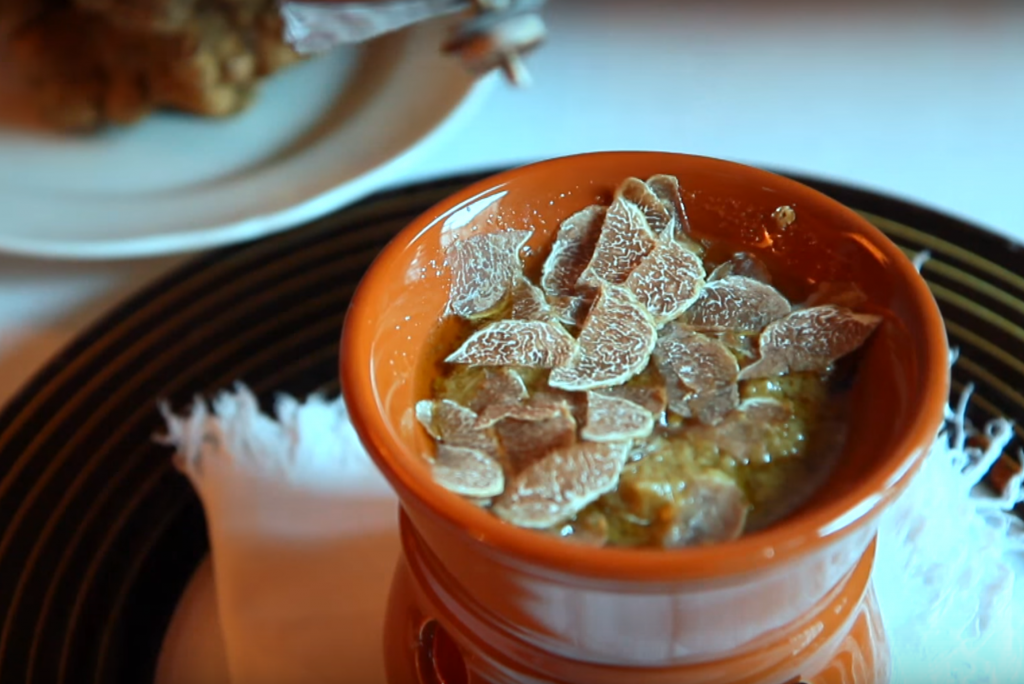
Christian Petruccelli from luxury DMC Bespoqe gives us a taste of Bagna Cauda, a traditional and simple warm dish from Piedmont usually served as the weather turns cold.
Gastronomic Storytelling:
The Bagna Cauda is a festive dish for the fall season. It’s easy to prepare with a characteristic taste that will linger in your memory for a long time. The simple preparation includes just oil, garlic, and anchovies, cooked slowly until they melt together and create a very tasty sauce. The bagna cauda mixture is served in small terracotta dishes placed in the middle of the table and kept warm by the heat of a small candle underneath. Those at the table then dip their seasonal vegetables in the warm sauce to savor the flavor.
Best Enjoyed:
Some say that bagna cauda (literally translated “warm sauce”) was born as a rustic, simple, and enjoyable dish to contrast the elaborate cuisine of the rich and noble. Traditionally, it was a dish consumed during the harvest period and was served to the grape pickers as a reward for their work. Aristocrats allegedly despised the sauce for its abundance of garlic. But today, bagna cauda is certainly a unique addition to a large table surrounded by friends, accompanied by big plates of crunchy vegetables and homemade bread, and washed down with a glass of aged red wine like Barolo or Barbaresco. True gourmands cannot resist enjoying this dish with a generous portion of Alba white truffle.
For more information about Bespoqe, click here.
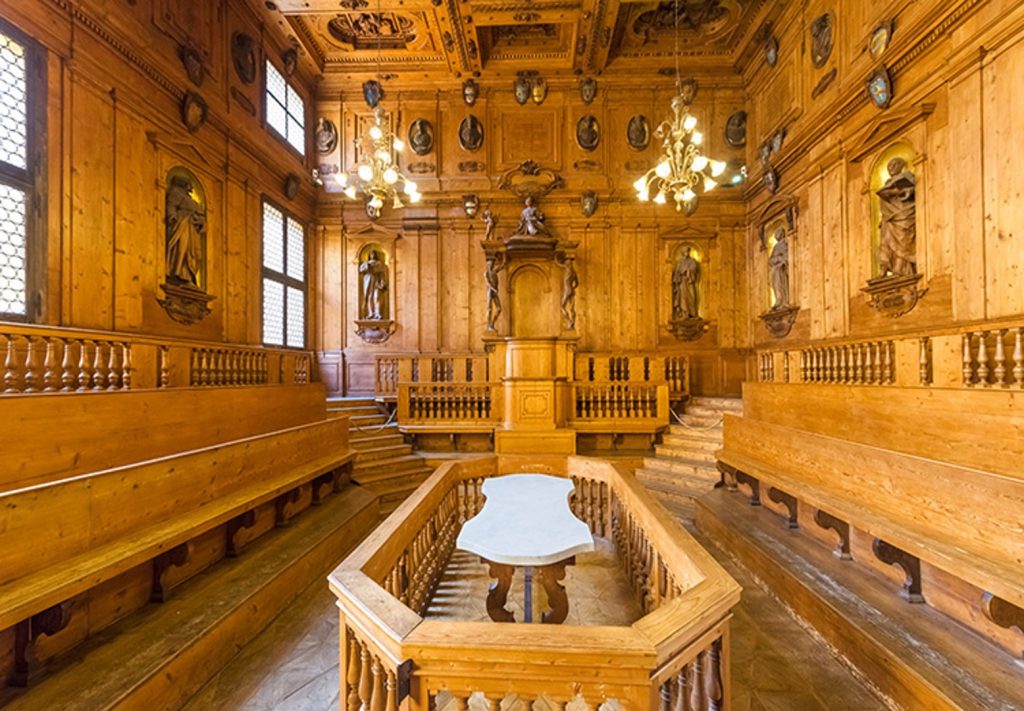
Christian Petruccelli from luxury DMC Bespoqe invites us to peek inside the historic Anatomical theatre at the University of Bologna, the world’s oldest university.
Can you share a local hidden treasure with us?
At the University of Bologna, the oldest university in the world founded in 1088, you can find the Anatomical theatre. Once used for anatomy lectures and displays held at the medical school, the hall is located in the University’s Palace of Archiginnasio. Though the ceiling and the walls of Archiginnasio are decorated with frescoes, the true hidden gem is the room itself.
Ooh, why is that?
Although it sounds a bit macabre, this is the first room where doctors dissected human cadavers for educational purposes in the 1600s. The hall, referred to as a “theatre” due to its characteristic amphitheater shape, is adorned with fir wood and decorated with statues of the most famous doctors of the time. In the center of the coffered ceiling – amid a sea of symbolic figures representing fourteen constellations – lies Apollo, the Greek god of medicine.
How can visitors best experience this gem?
The room was designed with tiered seating around a large marble slab in the middle of the room so that everyone could easily follow the practical lesson. In the company of a local historian, choose a place to sit and take in the history of the room, imagining yourself as a 17th or 18th century medical student.
For more information about Bespoqe, click here.
